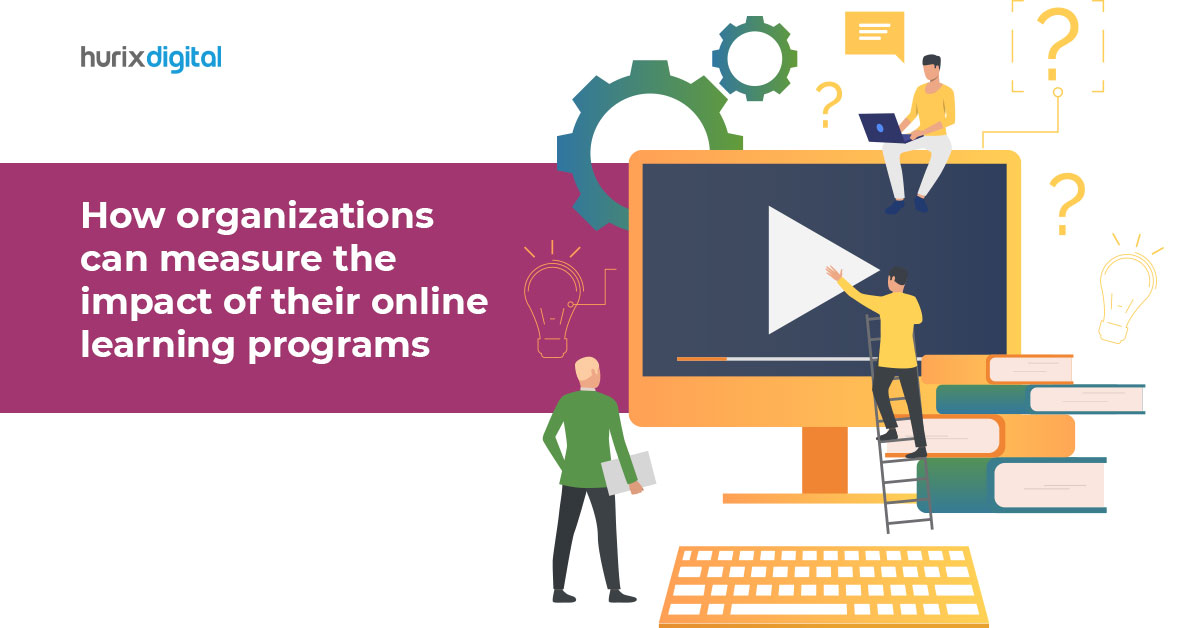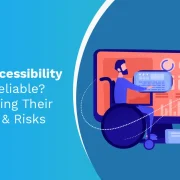
How Organizations Can Measure the Impact of their Online Learning Programs
In recent years, online learning programs have become increasingly popular among organizations looking to provide their employees with access to flexible, convenient, and cost-effective training. However, one of the challenges faced by organizations is measuring the impact of these programs on employee learning and overall business performance. In this article, we will explore the different ways organizations can measure the impact of their online learning programs.
Define the Learning and Performance Objectives
The first step in measuring the impact of an online learning program is to clearly define the learning & performance objectives. These objectives should be aligned with the organization’s overall business goals and should specify the knowledge, skills, and behaviors that employees are expected to exhibit on the job. In the context of workplace learning, defining the performance objectives in terms of what the learners should be able to do at the end of the training is critical.
Track Learner Progress
A learner’s progression in terms of participation, completion rates, and the time taken to complete the program can provide a measure of the programme’s impact. Typically, a Learning Management System (LMS) can track and provides information about the learner’s engagement and progress in a learning program. This information can help identify which employees may need additional support or who may be struggling with certain areas of the program.
Use Assessments
Assessments are an effective way to measure the impact of online learning programs. Organizations can use pre and post-program assessments to measure the knowledge and skills employees have gained from the program. This can be done through quizzes, tests or simulations. Assessments can also help identify areas where additional training may be required.
Use Performance Metrics
Performance metrics can help measure the impact of online learning programs on overall business performance. Organizations can use metrics such as sales performance, customer satisfaction or employee productivity to measure the impact of the program on overall business performance. This can be done by comparing pre and post-program data or by comparing data from employees who completed the program with those who did not.
Use ROI Analysis
Organizations can also use Return on Investment (ROI) analysis to measure the impact of online learning programs. ROI analysis involves comparing the cost of the program to the benefits achieved. This can be done by calculating the financial benefits of the program, such as increased sales or decreased turnover, and comparing it to the cost of the program.
Use Surveys and Other Qualitative Data
In addition to quantitative data, organizations can also use qualitative data to measure the impact of online learning programs.
Surveys are an effective way to gather feedback from employees on the effectiveness of online learning programs. Surveys can be used to gather information on the relevance, effectiveness, and overall satisfaction of the program. Surveys can also be used to gather feedback on how to improve the program in the future.
Other qualitative data such as employee perceptions of the program, how it has impacted their job performance, or how it has helped them achieve their personal and professional goals are also ways of measuring training effectiveness.
Conclusion
Measuring the impact of online learning programs is essential for organizations looking to ensure that their programs are effective and aligned with their overall business goals. By identifying learning objectives, using assessments, tracking learner progress, using surveys, using performance metrics, using ROI analysis, and using qualitative data, organizations can gain insights into the effectiveness of their programs and make data-driven decisions to improve them. Ultimately, the success of online learning programs is dependent on the ability of organizations to measure their impact and continually improve them over time.





